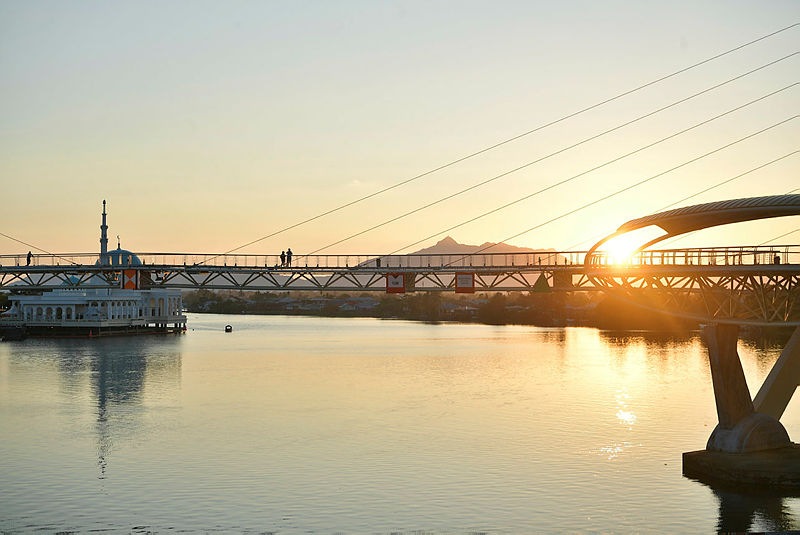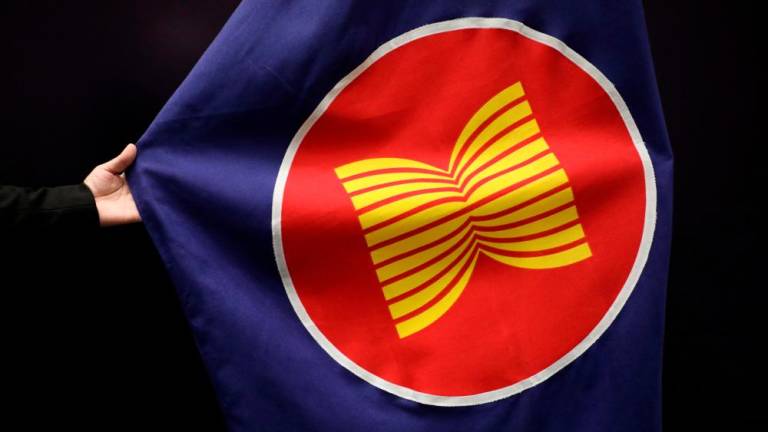KUCHING: When the Darul Hana Bridge became a new landmark in the Kuching Waterfront the fate of passenger boat operators plying Sungai Sarawak, dating from the reign of the Rajah Brooke dynasty, worsened disrupting their daily commuter ridership.
Undoubtedly, changes to improve the quality of people’s life is necessary, but if it makes one party ‘miserable’ and the other ‘happy’, there must be something that needs to be evaluated and reviewed.
Despite passenger boat operators having transformed their boats by replacing the once traditional nipah leaf roof and paddles with zinc roof and outboard engine, business has not picked up.
Boat operators demand that the state government pays attention to their future after the bridge costing RM35 million was completed and inaugurated in Nov 2017 and became a tourist attraction in the state.
A passenger boat operator, Sapuan Abun, 61, said his daily income had greatly diminished after the bridge was opened as local and foreign visitors preferred to use the 400m long bridge as it was free.
“I do not blame the bridge as it indirectly facilitates the locals to cross the river,” he told Bernama in an exclusive interview here today.
The Darul Hana bridge is supported by two cables that are 45m high from two 48-degree outward angled steel towers allowing tourists to cross the Sungai Sarawak to the opposite side next to the State Legislative Assembly located in Petra Jaya.
However, according to Sapuan, who has for almost 10 years been supporting his family with the earnings from his boat ferrying passengers said, the boat operators hoped the state government has plans or initiatives to help them rebuild their image and reputation by encouraging people to use their service.
“Before the bridge was built, our income could reach RM100 a day, but after the bridge, to earn even RM30 a day was difficult,” said the father of five children.
During the Brooke era, the traditional boat was the main mode of transport for villagers and colonial officials going back and forth from several Malay villages and government administrative offices located on the waterfront area to the city centre.
Although it took only a few minutes to traverse the river, the boat was still the preferred mode of transport as there was only a suspension bridge built across the Sungai Sarawak at that time.
Currently the boats operate at several locations like Pangkalan Haji Omar in Kampung Boyan, Pangkalan Batu Kampung Lintang and Pengkalan Astana Negeri.
Meanwhile, a second-generation passenger boat operator, Mardu Kipli, 53, who had inherited the boat from his father said the authorities have to devise a more effective and profitable new strategy for the boat operators so that the legacy of the boat service would continue to be relevant in the future.
“Besides, it is time for this service to have a better system by opening ticket counters and providing a more comfortable base for the convenience of consumers,” he said. — Bernama













